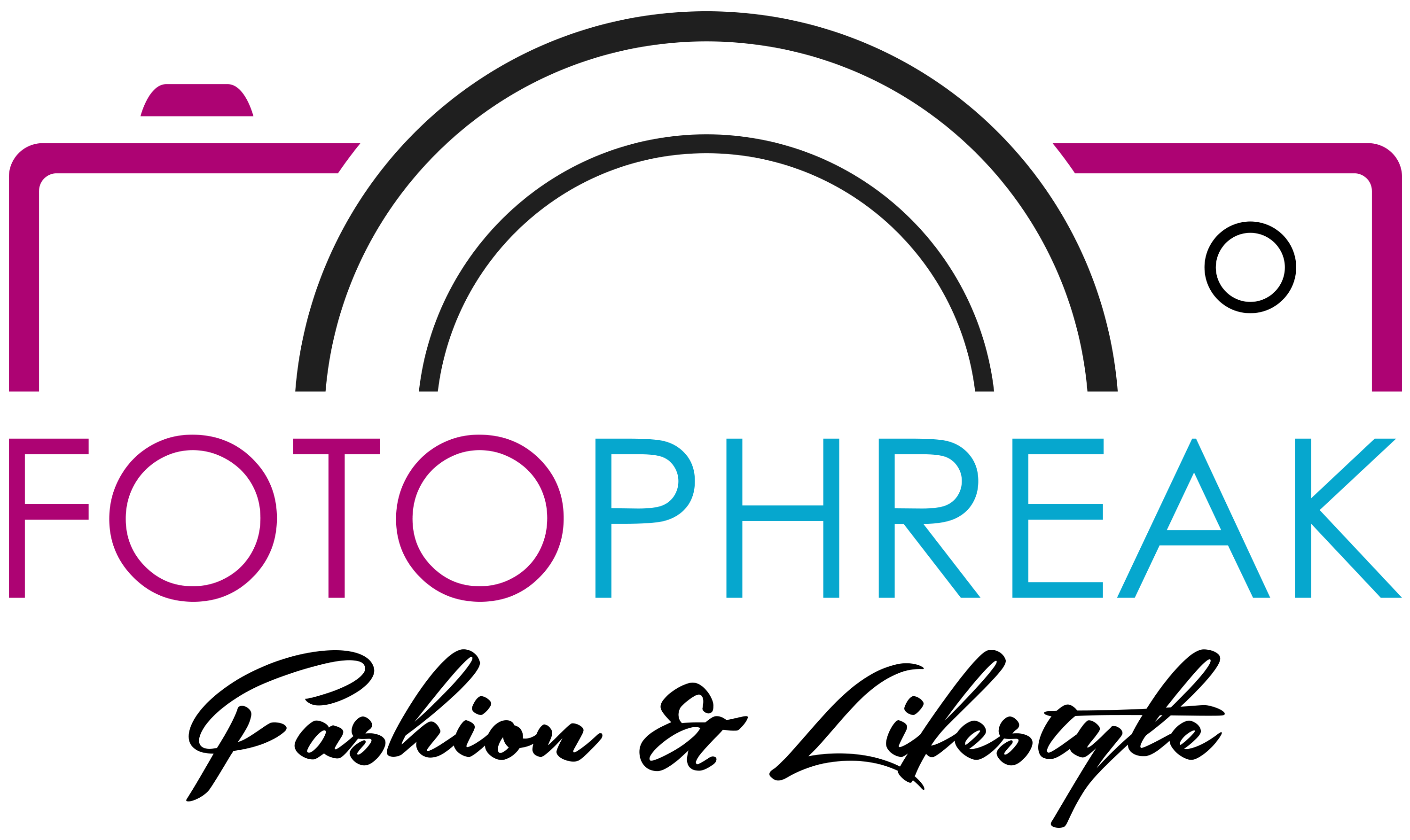Understand the roles of subledgers and general ledgers in financial management. The balances of subsidiary ledgers are posted to their respective general ledger. These features make subledgers essential tools in effective financial management within organizations. Understanding these nuances will help you build a system that works for you. Sub-ledger accounts are an important part of the small business accounting system.
The purpose and use of a subsidiary ledger are to provide records of a company’s financial transactions. And, because there are many per month or years, the subsidiary ledger helps track, collect, and categorize data of those transactions that are posted into the journal. Once you’ve done your business activities, known as transactions, you record them in your subsidiary ledger. Once you have posted your journal entries in your subledger accounts, you follow it up with their summary and their posting to a control account in your general ledger. These steps are used to avoid cluttering the general ledger and to produce your company’s financial statements. Compare your subledgers and GL regularly to catch and correct discrepancies early.
Leverage Technology for Ledger Management
After ensuring that all entries are balanced and closed, accountants often turn to automated accounting systems for the next step. These systems help with integration, making it easier for subledgers to feed information into the general ledger. Controlled access means fewer people can tinker with your company’s financial records. Less tampering keeps your numbers accurate and your books trustworthy. It also eases the audit process because there’s less chance of mishaps in the ledger security protocols. Accurate bookkeeping is the foundation of business stability and a necessary precondition for growth.
AP & INVOICE PROCESSING
He is known for his pragmatic approach to fiscal policy and governance. subledger vs general ledger Now that we’ve looked at use cases for the subledgers, we can turn our attention to examples and benefits of the general ledger. Next, we’ll look at how subledgers are used in practice, with some examples. It means that revenues, expenses, gains, and losses all get moved out of the accounts where they were collected during the period. Streamlining by consolidating similar accounts improves efficiency in accounting work. For example, instead of having multiple supply expense accounts, companies can merge them into a single account.
How Subledgers Support Your Accounting
- The ideal frequency depends on the volume of transactions your business handles.
- Automated accounting systems minimize these risks and dramatically reduce the time spent on repetitive tasks.
- Learn how HubiFi’s automation solutions can transform your financial processes.
- Moreover, the improved organization and clarity of financial records provided by subsidiary ledgers contribute to a better understanding of the business’s overall financial health.
- This gives you a high-level view of your company’s overall financial health.
- The general ledger is typically updated less frequently, often on a periodic basis (e.g., daily, weekly, or monthly).
For example, your accounts receivable subledger tracks individual customer invoices, payments, and outstanding balances. This detailed information is periodically summarized and rolled up into the GL. This process ensures the GL reflects the total accounts receivable balance, derived from the sum of all individual customer transactions within the subledger.
Treasury Management
Sub-ledger is part of the general ledger, but the Trial balance is not prepared using a general ledger. Examples of the Subsidiary ledger are customer accounts, vendor accounts, bank accounts, and fixed assets. If the transactions are recorded in a subledger in a different account, then the total sum of the transactions will be recorded in the general ledger. The total amount should match the sum of the concerned line items in the general ledger.
- This allows you to maintain accurate financial records without the tedious manual work.
- One can post all transactions to the subsidiary ledgers daily and another post to the general ledger monthly.
- With 7 AI patents, 20+ use cases, FreedaGPT, and LiveCube, it simplifies complex analysis through intuitive prompts.
- A set of well-organized subledgers allows bookkeepers to handle scale.
- While they work together, understanding their distinct roles is crucial.
Furthermore, the increasing emphasis on data accuracy and consistency requires robust internal controls and data validation processes. Ensuring your financial data is reliable is paramount for accurate reporting, informed decision-making, and maintaining compliance with regulations like ASC 606 and 944. The general ledger is the main catalog—a comprehensive overview of all financial activity.
This shift toward automation improves efficiency and accuracy, crucial for any business aiming to optimize its financial operations. Software can manage both general and subledgers, ensuring data consistency across the board. The trial balance acts as a crucial checkpoint in the accounting cycle. It’s a snapshot of your general ledger at a specific point in time, listing the balances of all your accounts.
Using automation ensures that every transaction is accounted for as soon as you pay something or receive payment. Your bookkeeper will get notifications if something is off balance and you can generate your reports easily. If there is a problem, it won’t take as long to figure out the issue and solve it. Furthermore, if your income is overstated, you could get a loan or investor and then be in hot water when it is learned to be untrue. Your business relationships rely on your financial security and honesty is the best policy when it comes to finances. Some auditors, such as worker’s compensation, only look at specific accounts which will save you time on preparing paperwork.
The general journal is your business’s financial diary, where every transaction is first recorded in chronological order. The general ledger, on the other hand, is where those journal entries are sorted and organized by account. Consistently matching subledger to general ledger keeps financial reporting precise. It shows the true financial health of a company in its financial statements. Implementing strong access controls limits who can view and modify your subledgers, reducing the risk of unauthorized changes and potential fraud.
It’s like cleaning out a closet and only keeping the clothes you actually wear. But what happens when these pieces are scattered between different ledgers, leaving you puzzled? The sub-ledger is an internal record that companies prepare as a part of the managerial accounting process.
Streamlining Audits and Compliance
This consolidated view is crucial for understanding your company’s overall performance and making informed business decisions. To explore how HubiFi can help streamline this process, schedule a demo to see our solutions in action. Real-time reporting gives you a constant pulse on your business’s financial health. Automated balance synchronization, a key feature of modern accounting software, ensures that your subledgers and general ledger are always in sync.
This process ensures your financial data is reliable and your reporting is accurate. Software solutions can automate much of this process, streamlining reconciliation and improving overall efficiency. Ultimately, the right approach depends on your business needs and resources.




















